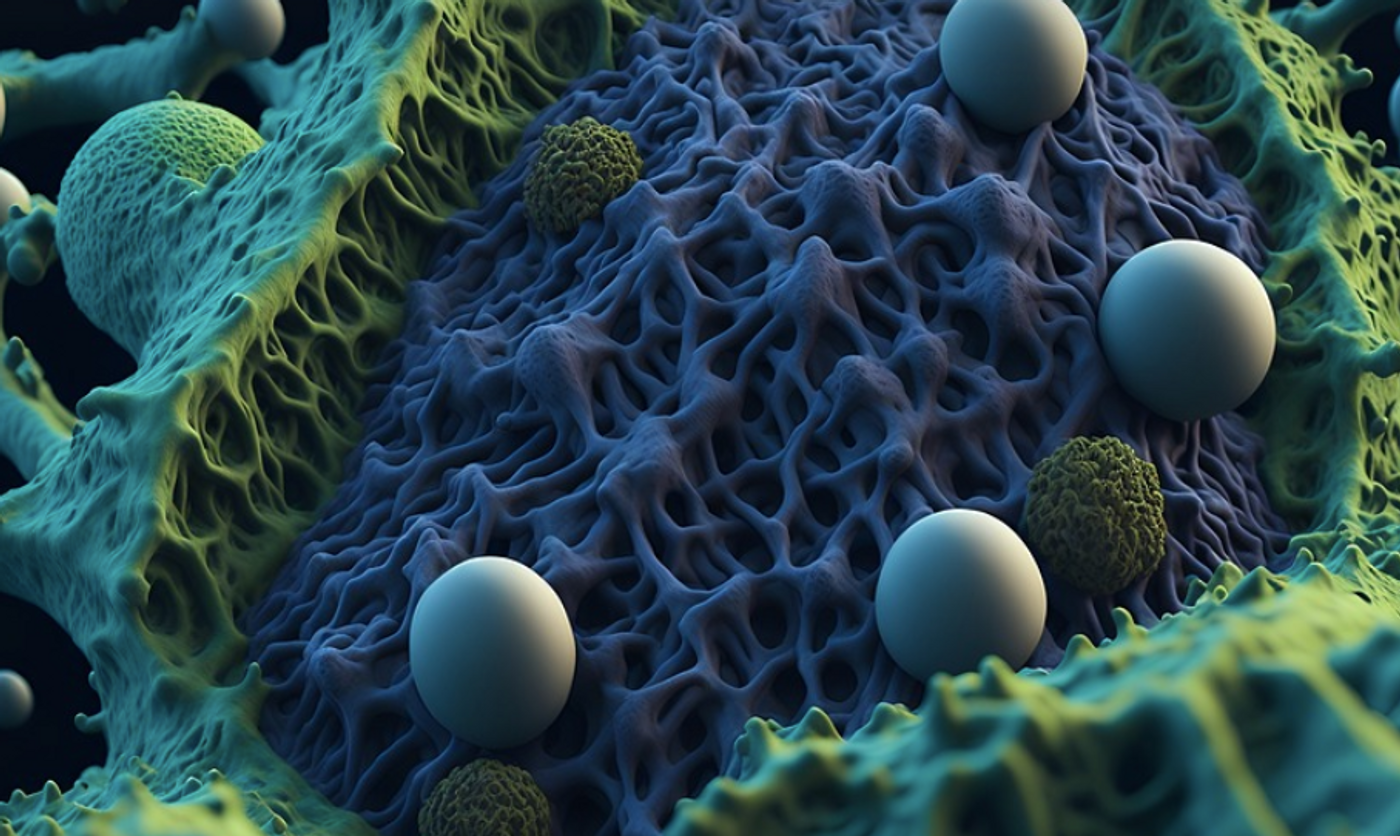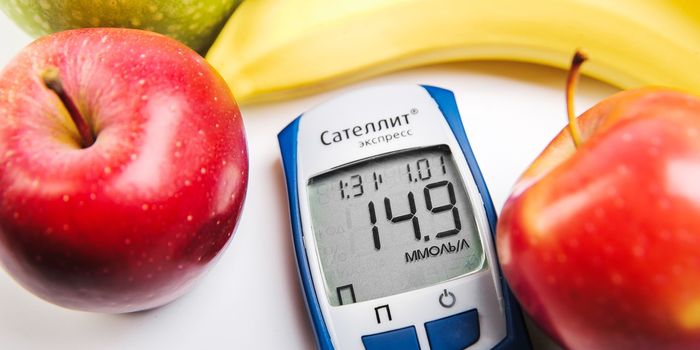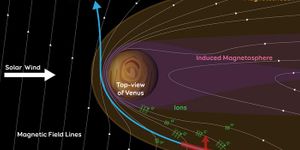A Nitrogen-Fixing, Endosymbiotic Organelle is Discovered in Marine Algae
Bacteria are only the only organisms that are able to 'fix' nitrogen, or remove it from the atmosphere and convert it into a useful form. While some plants seem to fix nitrogen, it is actually bacteria in the plant microbiome that are performing the process. But a new discovery has changed what we thought we knew about the exclusivity of nitrogen fixing. Research reported in Science has now shown that a eukaryotic algae carries an organelle capable of fixing nitrogen, changing what we thought about organisms that can perform this conversion. The findings are only the fourth known example of primary endosymbiosis, in which a bacterial cell is permanently taken up by a eukaryotic cell that then uses the symbiote as an organelle.
It's thought that in the first case of endosymbiosis, a cell took up another cell that became a mitochondrion. In this instance, the process led to the development of complex life forms. "Everything more complicated than a bacterial cell owes its existence to that event," noted first study author Tyler Coale, a postdoctoral scholar at UC Santa Cruz. "A billion years ago or so, it happened again with the chloroplast, and that gave us plants."
Now, a so-called nitroplast has evolved. This discovery began with the identification of DNA that seemed to derive from a marine cyanobacterium that fixes nitrogen in the Pacific. This microbe is called UCYN-A. Additional work by another researcher showed that marine algae host UCYN-A.
While UCYN-A has been considered to be an endosymbiont, this research has suggested that it should actually be called an organelle. The metabolisms of UCYN-A and the algal cell that hosts it are connected in a way that organelles are linked to the cells they occupy. The host cell's growth is linked to nutrient exchange with UCYN-A.
Additional work by a team of scientists has provided more evidence as well. UCYN-A uses its host cell's proteins, for example. Some of the algal proteins are labeled with a certain sequence of amino anids, which directs those proteins to the nitroplast. The proteins are then imported into the nitroplast, where they are used in some biochemical pathways. The algal cell and its organelle can be seen here.
This research could also influence agricultural practices. "This system is a new perspective on nitrogen fixation, and it might provide clues into how such an organelle could be engineered into crop plants," said Coale.
Sources: University of California - Santa Cruz, Massana at al Science 2024, Coale et al Science 2024,









